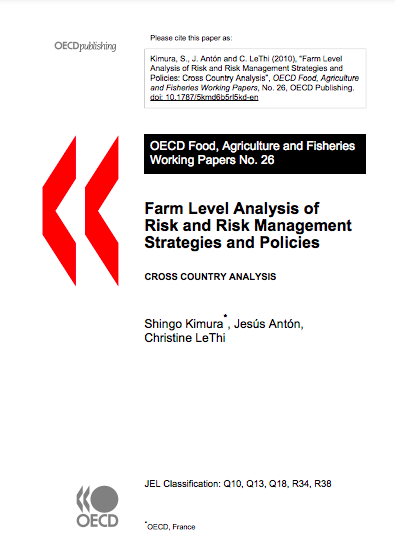Farm Level Risk Analysis of Risk and Risk Management Strategies and Policies

ABSTRACT
Many different types of programs are being implemented to manage risks, from subsidizing risk market instruments (e.g. crop yield insurance and forward price) to payments that partly cover the producer’s risk (e.g. revenue insurance program, counter-cyclical payments), and some governments also reduce risk directly through market intervention. Nevertheless, the optimum policy design will depend on an assessment of the producer’s unique exposure to risk and a good understanding of the net impact of government policies related to risk management in agriculture is necessary to improve the effectiveness of policy. This paper addresses these issues from a microeconomic perspective. This empirical information is used to calibrate a microeconomic model to simulate farmers’ responses to different risk environments and policy changes in the UK and Australia. This stochastic simulation allows for estimates to be made of the policy impacts on the distribution of farm income, farm welfare and farming risk management behavior.